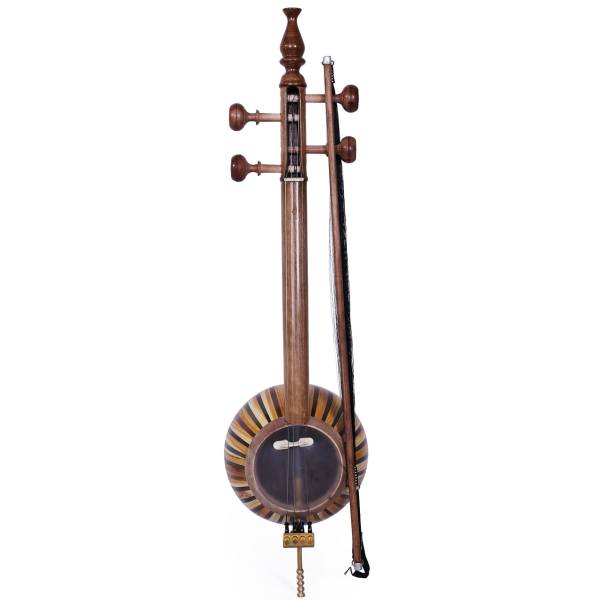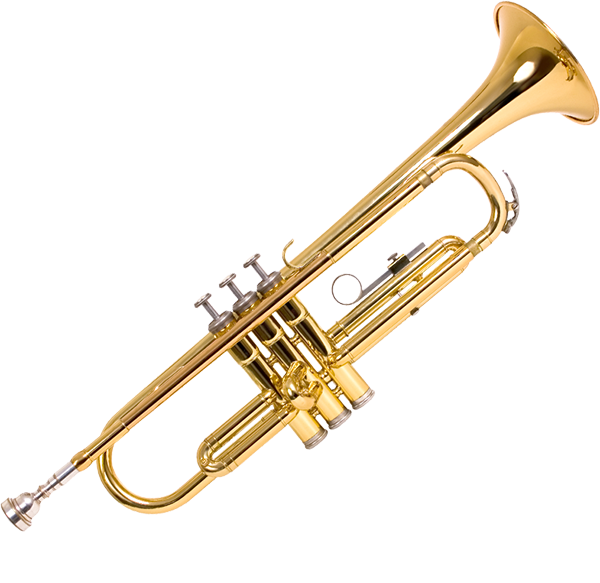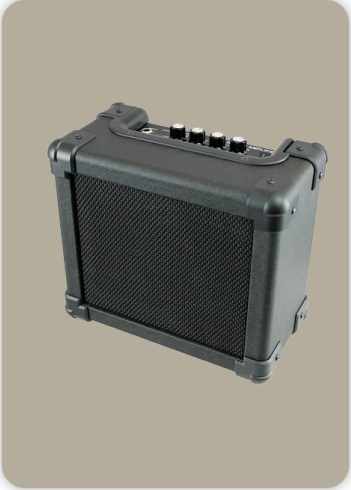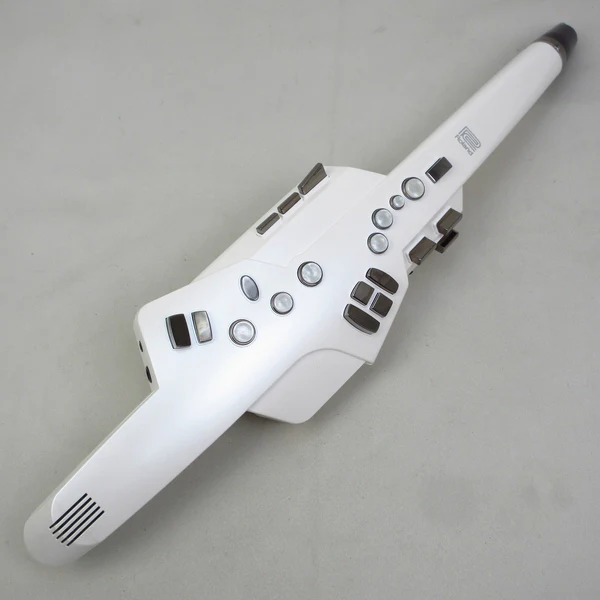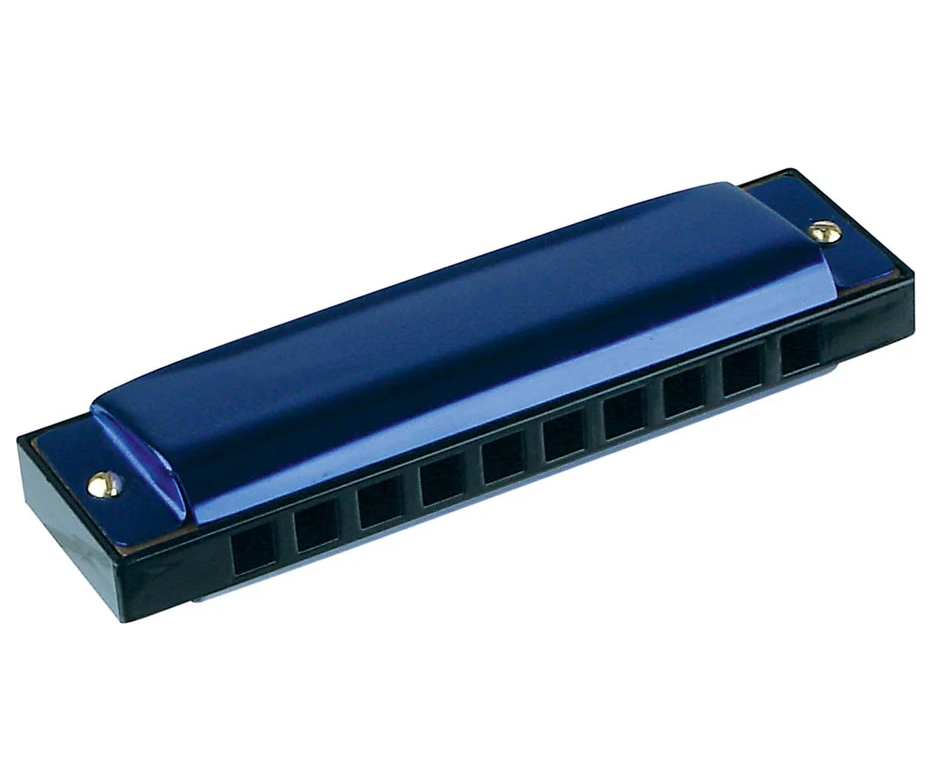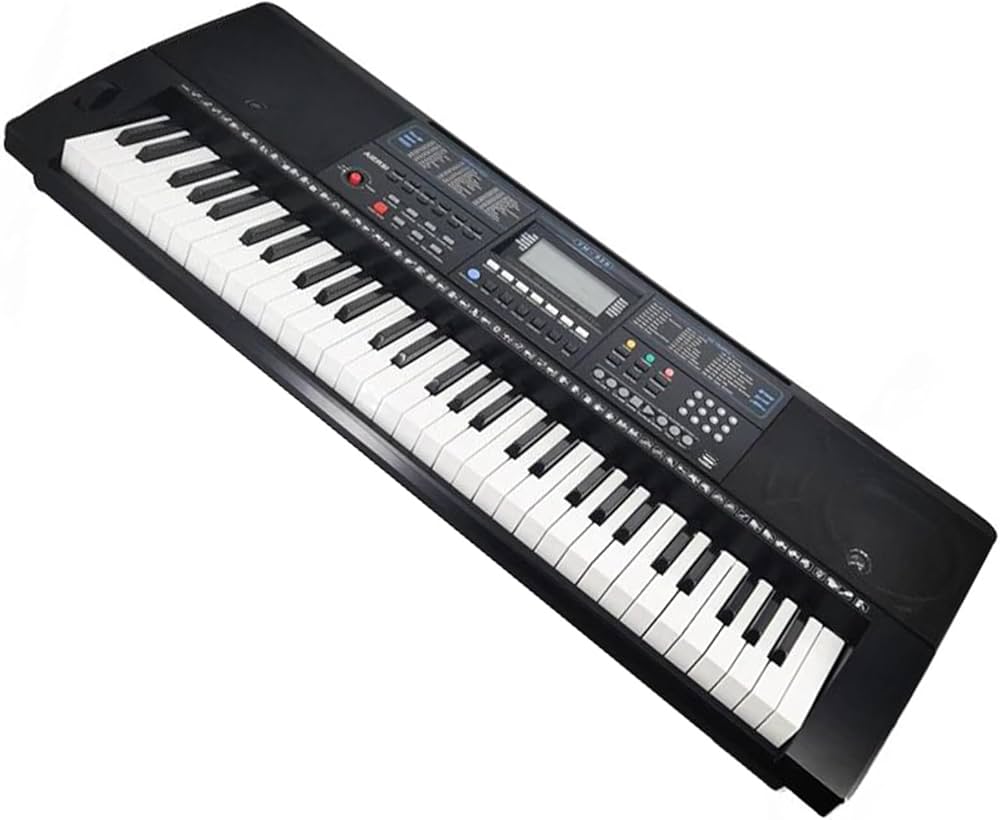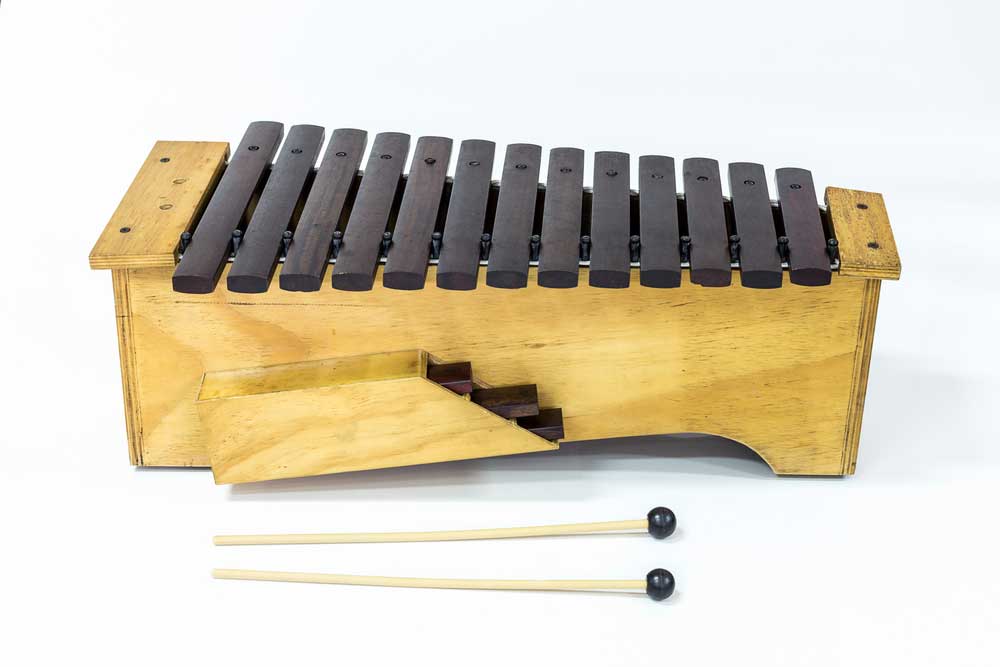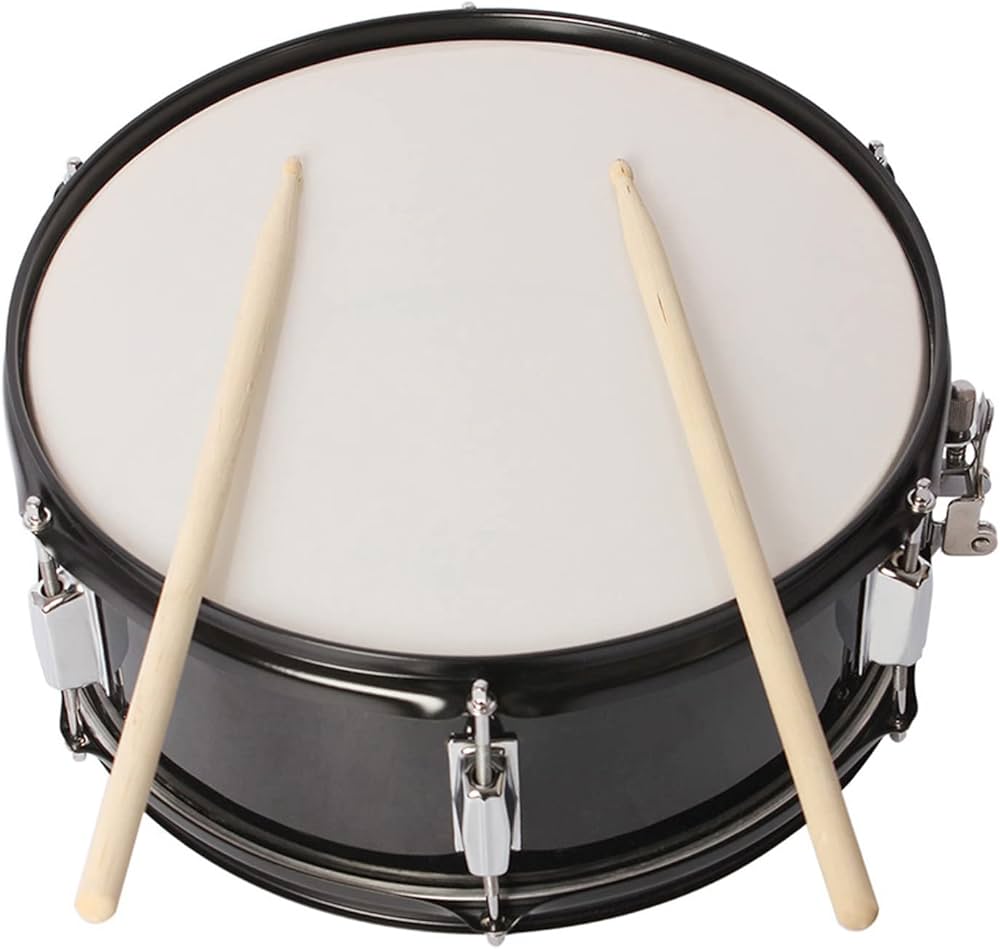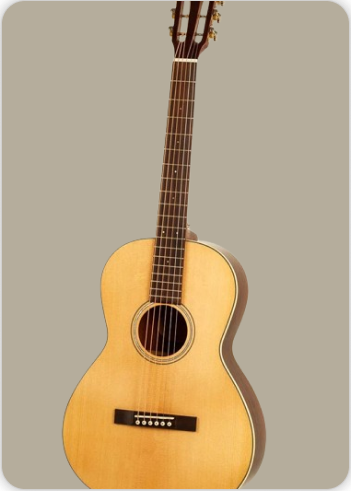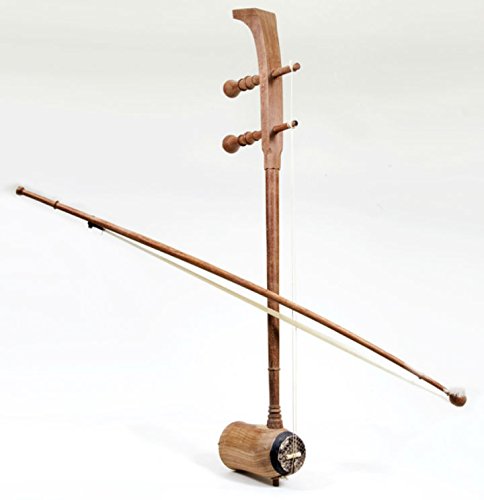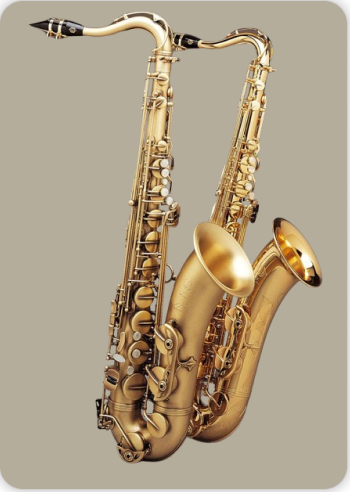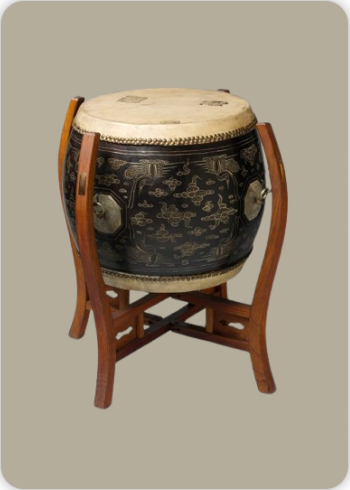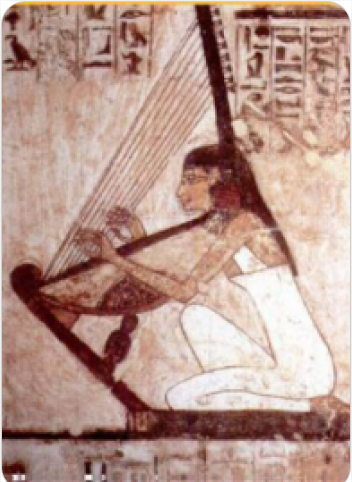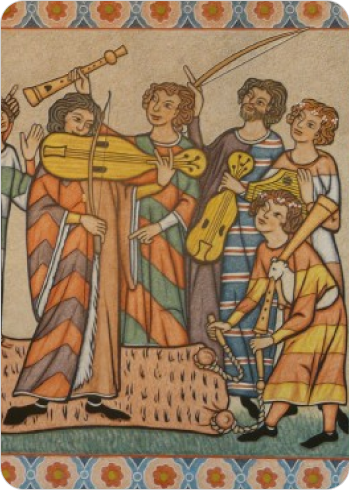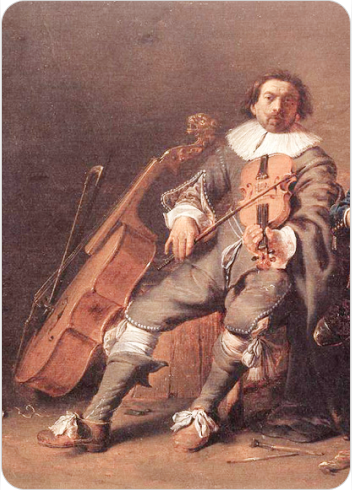Saw duang
Bowed Instruments
Asia
Between 1001 and 1900 AD
Video
The Saw Duang, also known as “so duang,” is a traditional Thai two-stringed instrument that plays a significant role in the country’s rich musical heritage. Characterized by its distinctive cylindrical body and bright, resonant sound, the Saw Duang is often compared to the Chinese spike fiddle, Huqin.
The instrument is typically made from hardwood and features a snakeskin resonator, which contributes to its unique tonal quality. The strings are traditionally made from silk, and the bow used to play the instrument is crafted from horsetail hair. The Saw Duang is played upright, resting on the player’s lap, with the bow passing behind the strings. This playing style allows for a wide range of expressive techniques, including sliding between notes and varying dynamics. The instrument’s design includes two front-mounted pegs for tuning and decorative elements that reflect traditional Thai craftsmanship.
History of the Saw Duang
The origins of the Saw Duang can be traced back to the 19th century, likely introduced to Thailand by Chaozhou immigrants from China. These immigrants brought with them various cultural influences, including musical traditions that shaped the development of the Saw Duang. The term “duang” refers to a small bamboo trap used for catching animals, which reflects the instrument’s shape and design. Historically, Thailand has been influenced by its neighboring countries in terms of music and culture. The Saw Duang emerged during a period of increased interaction between Thai and Chinese cultures, particularly as trade routes expanded in Southeast Asia. It became popular in central Thailand and has since evolved into a staple instrument in traditional Thai ensembles.
Materials Used in Construction
The construction of the Saw Duang involves several materials that contribute to its sound and aesthetic appeal:
Body: Typically made from hardwood, providing durability and resonance.
Resonator: Often covered with snakeskin, which enhances sound quality.
Strings: Traditionally silk, allowing for a bright tone.
Bow: Made from horsetail hair, which produces a unique sound when drawn across the strings.
Decorative Elements: Ivory or bone may be used for tuning pegs and other decorative features.
How the Saw Duang Works
The Saw Duang operates on principles similar to other string instruments. Sound is produced by drawing the bow across the strings, causing them to vibrate. The player can manipulate pitch and tone by applying pressure on the strings with their fingers while simultaneously using the bow.
Types of Music Composed with the Saw Duang
The Saw Duang is integral to various genres of traditional Thai music. It serves as both a melodic lead instrument and an accompaniment within ensembles such as Wong Khrueang Sai, which is often performed during special occasions like weddings and festivals. The bright sound of the Saw Duang contrasts with other instruments like the Saw U, which has a more mellow tone. Musical compositions featuring the Saw Duang often include:
Folk Songs: Traditional melodies passed down through generations.
Ceremonial Music: Pieces performed during important cultural events.
Dance Accompaniments: Music that accompanies traditional Thai dance performances.
Cultural Significance
The cultural significance of the Saw Duang extends beyond its musical capabilities. It embodies aspects of Thai identity and heritage, representing a blend of indigenous traditions and external influences. The instrument is often featured in cultural festivals and educational programs aimed at preserving traditional Thai music. Moreover, as an instrument associated with storytelling and community gatherings, the Saw Duang plays a vital role in fostering social connections among people. Its presence in ceremonies signifies not only celebration but also continuity of cultural practices through music.
The Saw Duang is more than just a musical instrument; it is a symbol of Thailand’s rich cultural tapestry. With its unique construction, historical roots, and vibrant sound, it continues to captivate audiences both locally and internationally. As efforts to preserve traditional music grow stronger, instruments like the Saw Duang remain essential in keeping Thailand’s musical heritage alive for future generations.
FAQ
What materials are used to make a Saw Duang?
The Saw Duang is traditionally made from hardwood, such as teak or rosewood, for the body. Its resonator is covered with snakeskin, typically python skin. The bow is made of wood and strung with horsehair. These materials contribute to the instrument's unique tonal quality.
What is the composition of the Saw Duang?
The Saw Duang has a cylindrical body, a resonator covered with snakeskin, and two strings made of silk or synthetic materials. The bow runs between the strings, allowing for distinct sounds. The combination of materials and design makes it a versatile instrument in Thai classical music.
What is the significance of the Saw Duang in Thai culture?
The Saw Duang is a key instrument in Thai classical ensembles and represents the country’s rich cultural heritage. It is used in traditional ceremonies, court performances, and modern compositions. Its melodic capabilities make it significant for storytelling and emotional expression in Thai music.
 Links
Links
References
Other Instrument
Categories
